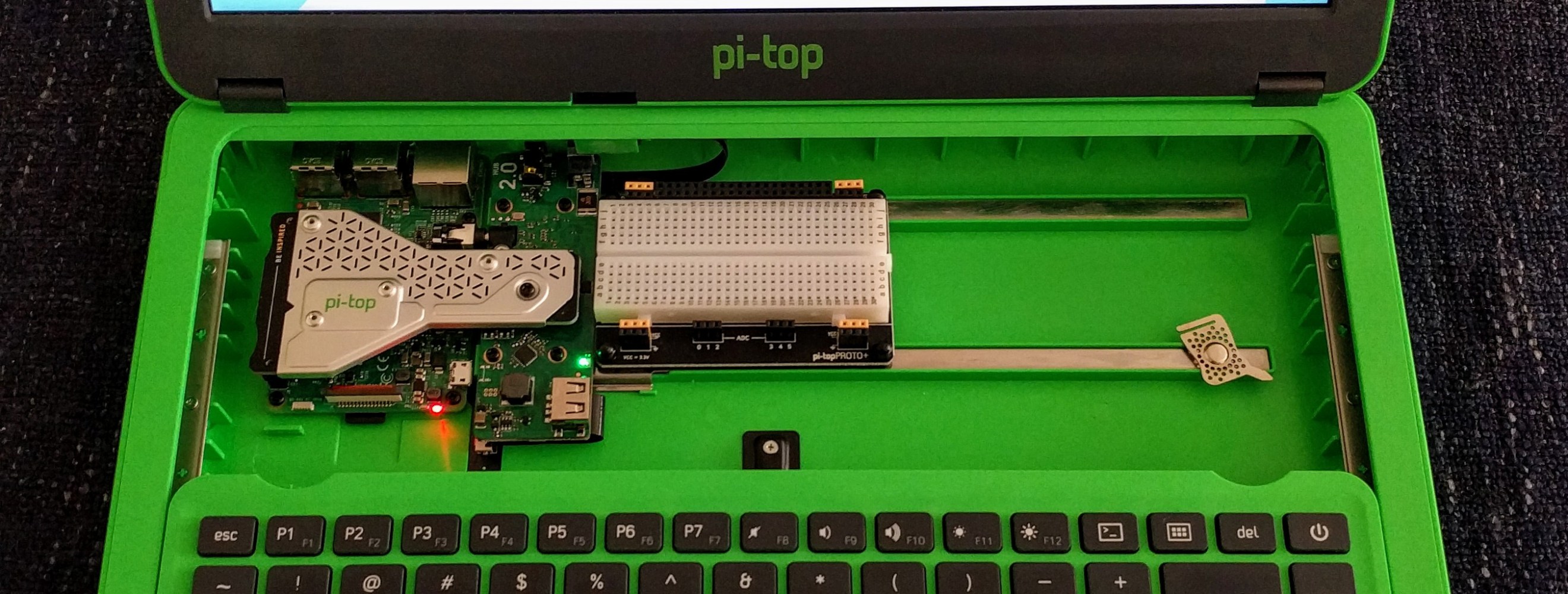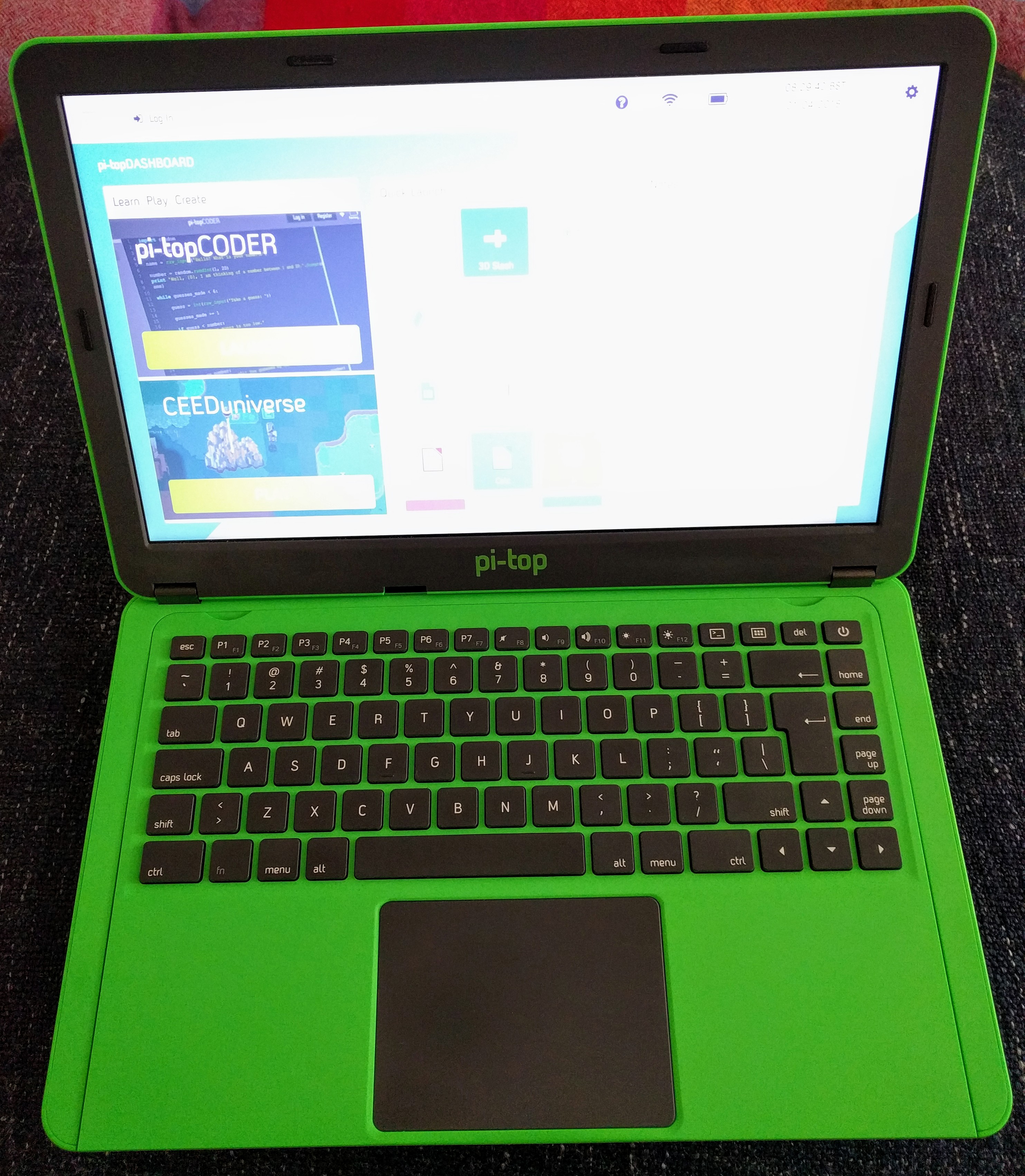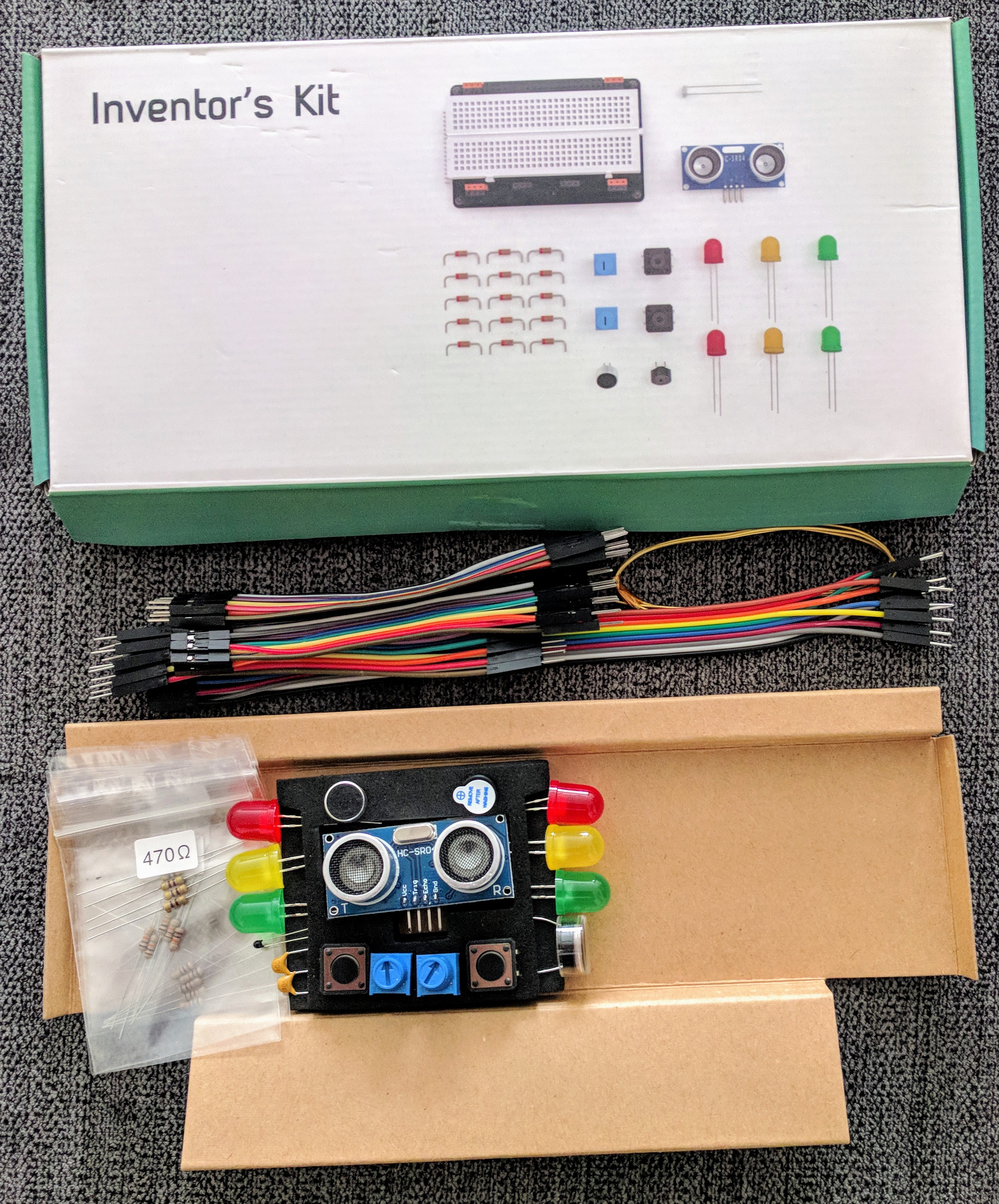- A Mind for Numbers
- Accelerate
- Agile Project Management for Dummies
- Algorithms to Live By
- Atomic Habits
- AWS Certified Cloud Practitioner Study Guide
- Banking on It
- Brexitland
- Build Your Dream Network
- Bulletproof SSL and TLS
- Business Analysis
- Collapse
- CompTIA Security+ Practice Tests
- CompTIA Security+ Study Guide
- Corporate Rebels
- Countdown to Zero Day
- Creative Acts for Curious People
- Creative DIY Microcontroller Projects with TinyGo...
- Cryptanalysis
- Crypto Trader
- Cryptography
- Culture Code
- Daniel Goleman Omnibus
- Deep and deliberate delegation
- Dhl
- Drive
- Effective Python
- Every Tool's a Hammer
- Exam Ref AZ-900 Microsoft Azure Fundamentals
- Expert Scripting and Automation for SQL Server...
- Fifty Quick Ideas to Improve Your User Stories
- Fixing Your Scrum
- Fundamentals of ServiceNow Administration and...
- Future Leader
- Future of Violence - Robots and Germs, Hackers and...
- GCHQ Puzzle Book
- Getting Things Done
- Harvard Business Review manager's handbook
- Hooked
- How Google Works
- How to Take Smart Notes
- How to Win Friends and Influence People
- HTML and CSS
- I Think, Therefore I Am
- Itsm Value Streams : Transform Opportun
- JavaScript and jQuery
- Kill It with Fire
- Leaders Eat Last
- Leading change
- Leading Without Authority
- Lean Thinking
- LONDON'S UNDERGROUND.
- Managing Successful Projects Prince2
- Managing Successful Projects with PRINCE2
- Measure What Matters : OKRs
- Meteorology today
- Mindf*ck
- Modern Cryptanalysis
- Modernist cuisine at home
- Money Revolution
- Never Split the Difference
- New One Minute Manager
- Open Circuits
- Oversubscribed
- Permanent Record
- PHP 5 advanced
- Practical Docker with Python: Build, Release and...
- Practical electronics for inventors
- PRINCE2 for dummies
- Pro Python 3: Features and Tools for Professional...
- Pro SQL Server Always On Availability Groups
- Pro SQL Server on Linux: Including Container-Based...
- Professional Scrum Master Guide
- Project to Product
- Radical Simplicity
- Rules of People
- SAFe 5.0 Distilled
- Sapiens
- SEARCH INSIDE YOURSELF- TPB
- Secret Barrister
- Securing SQL Server: DBAs Defending the Database
- Site Reliability Engineering
- SQL Server 2017 Administration Inside Out
- Start with Why
- System Center Configuration Manager Current Branch...
- T-SQL Fundamentals
- Teach Yourself Electricity and Electronics,...
- Teach Yourself Setting Up a Small Business (Teach...
- Team Topologies
- The Art of Deception
- The art of invisibility
- The Chimp Paradox How Our Impulses And Emotions...
- The coaching habit
- The code book
- The Courage To Be Disliked
- The DevOps handbook
- The Epic Guide to Agile
- The Five Dysfunctions of a Team: A Leadership...
- The Go Programming Language
- The Golden Ratio
- The Introvert's Guide to the Workplace
- The Manager's Path
- The New Silk Roads: The Present and Future of the...
- The outward mindset
- The Phoenix Project
- The Professional Product Owner
- The Unicorn Project
- Turn The Ship Around!
- Visual Thinking
- Weapons of Math Destruction
- Who Moved My Cheese?
- Work Rules!
- Working Out Loud
- Writing An Interpreter In Go
- Wrong Fit, Right Fit

Learning with a Raspberry Pi powered Pi-Top laptop
Education and learning have always been important factors in my life. I have been using Raspberry Pi computers for many years as a tool for learning about the Internet of Things (IoT), programming, networking, and electronics.
The pi-top laptop is designed for schools to teach computing, programming, and electronics. The new pi-top v2 has recently been released and I was interested in trying it out. I am programming in Go (GoLang) and reading from sensors connected to a Raspberry Pi, so it also makes sense to develop this code on a Raspberry Pi itself.
The pi-top v2 has a 14″ full HD 1920×1080 screen and a six to eight hour battery life, making it perfect for programming on the go. A Raspberry Pi 3 is mounted inside the laptop, under the sliding keyboard, providing a fast ARM based computer running the pi-top operating system Polaris. The Raspberry Pi 3 has 1GB of memory, which is enough for programming and a couple of tabs open in Chrome. The keyboard is in US layout on all models.

The pi-top v2 comes with an Inventors Kit containing electronic components that can be plugged into the breadboard provided to complete simple projects. This is a great starting point to anyone just beginning their journey with electronics.

The breadboard can be found under the sliding keyboard. The Raspberry Pi has a 40 pin GPIO interface that allows for input and output, as well as serial and I2C communications.The pi-top includes a heatsink to dissipate the heat, which also serves to connect the Raspberry Pi GPIO header with the pi-top main board. There is a USB socket under the keyboard, which I am currently using for a USB memory stick to provide extra storage.

The pi-top is really nice to use for programming, especially because of the large screen. It just proves what a £32 Raspberry Pi can actually do. The pi-top touch pad can take a little getting used to. Do be careful not to open too many tabs in Chrome, as there is limited memory available. The limiting factor is definitely the 1GB of memory, which can easily make your Raspberry Pi self-implode when all the memory gets used up.
Once you understand what is possible and what is not, it definitely ensures you keep on track with your programming and learning, and stops you getting distracted!